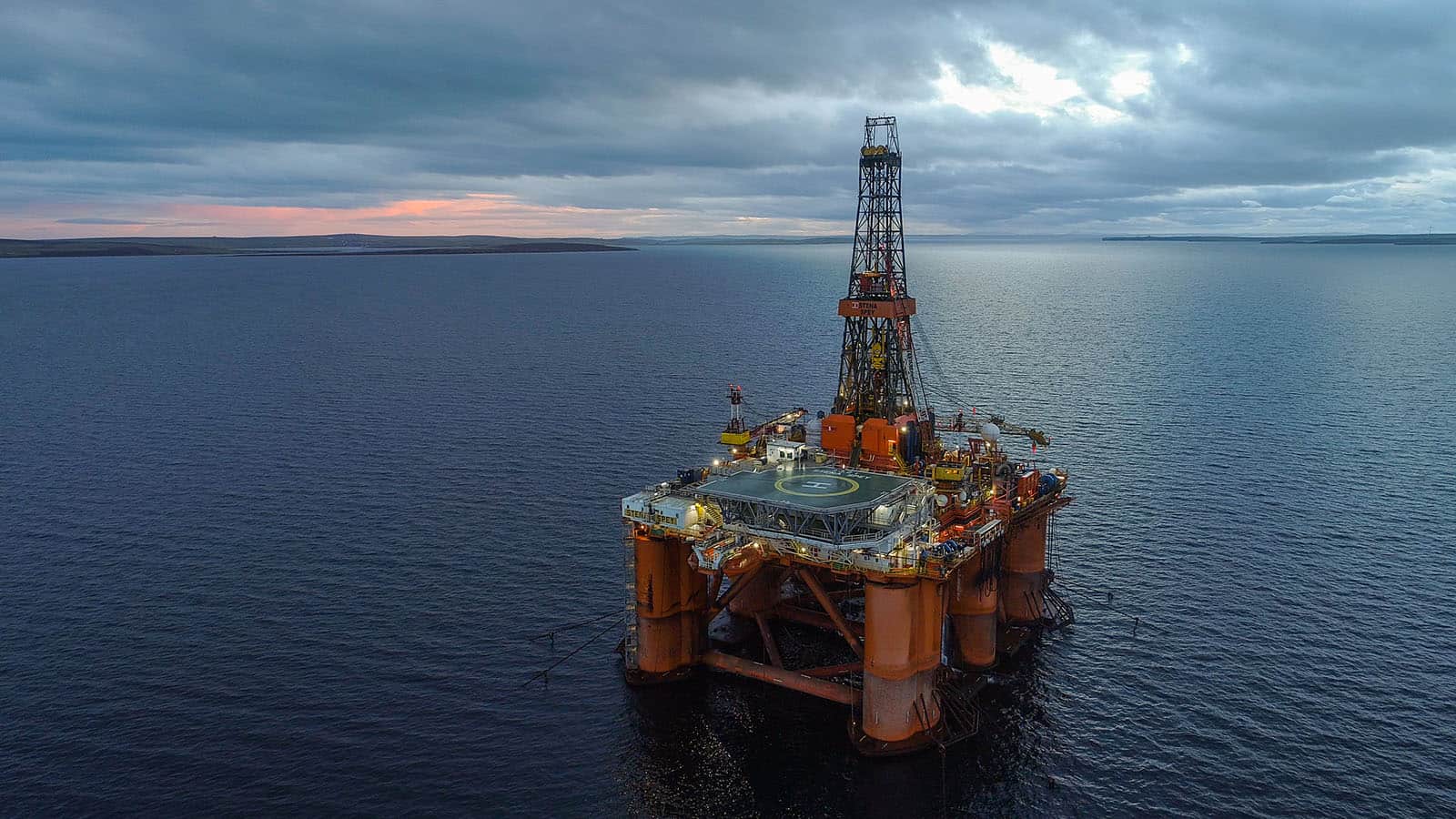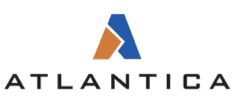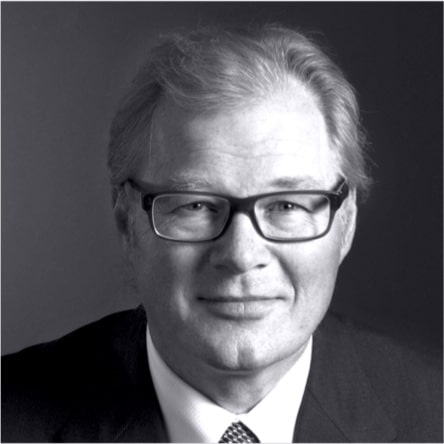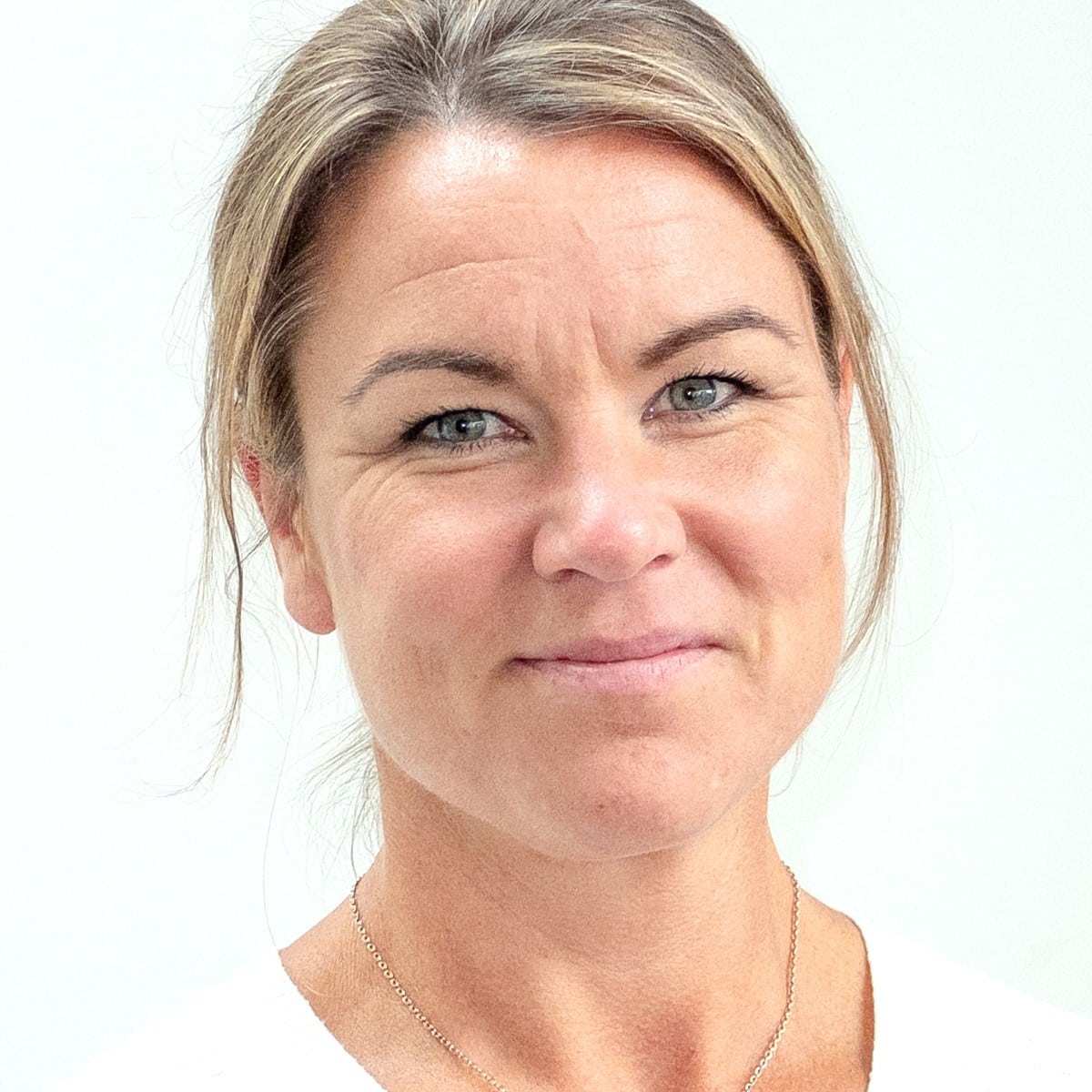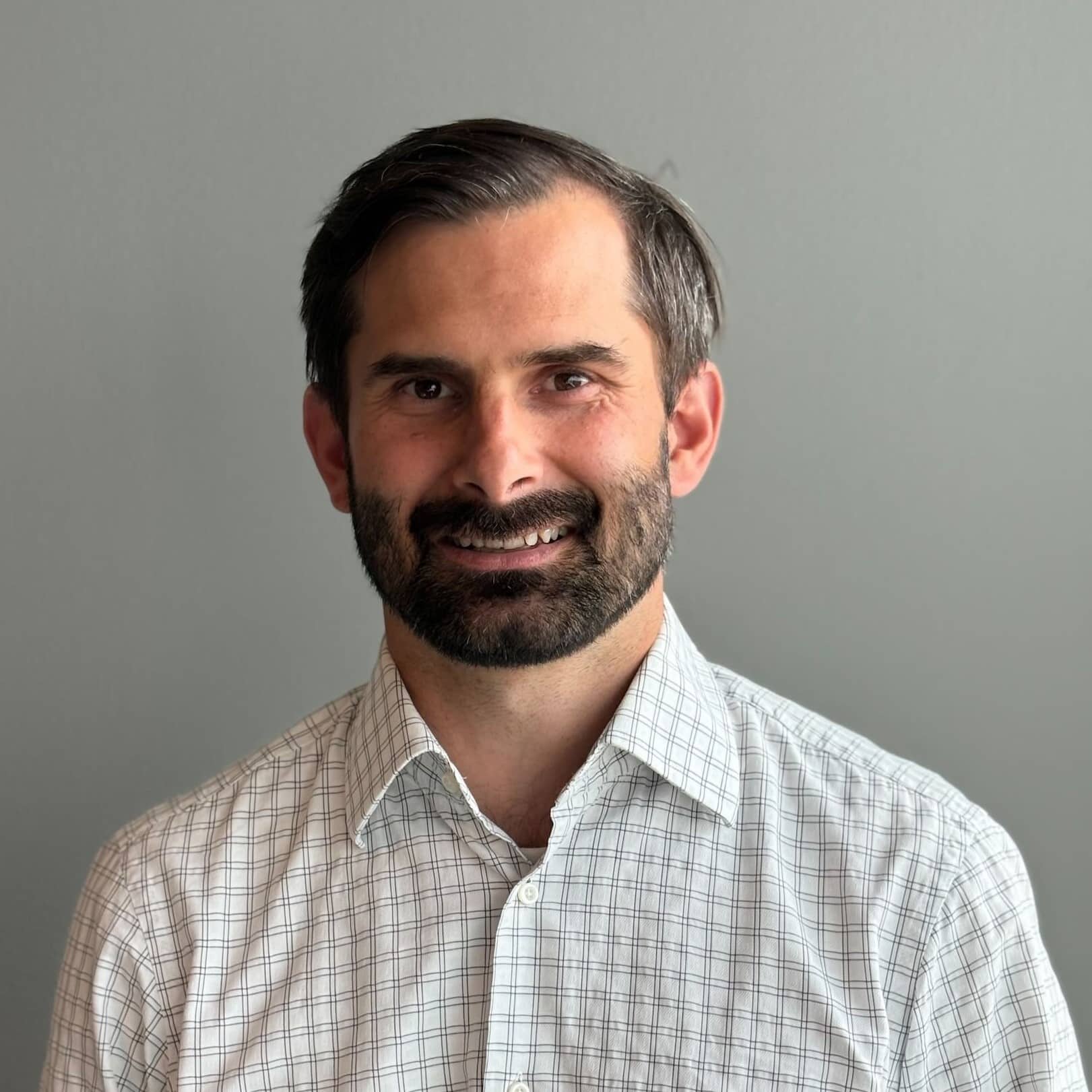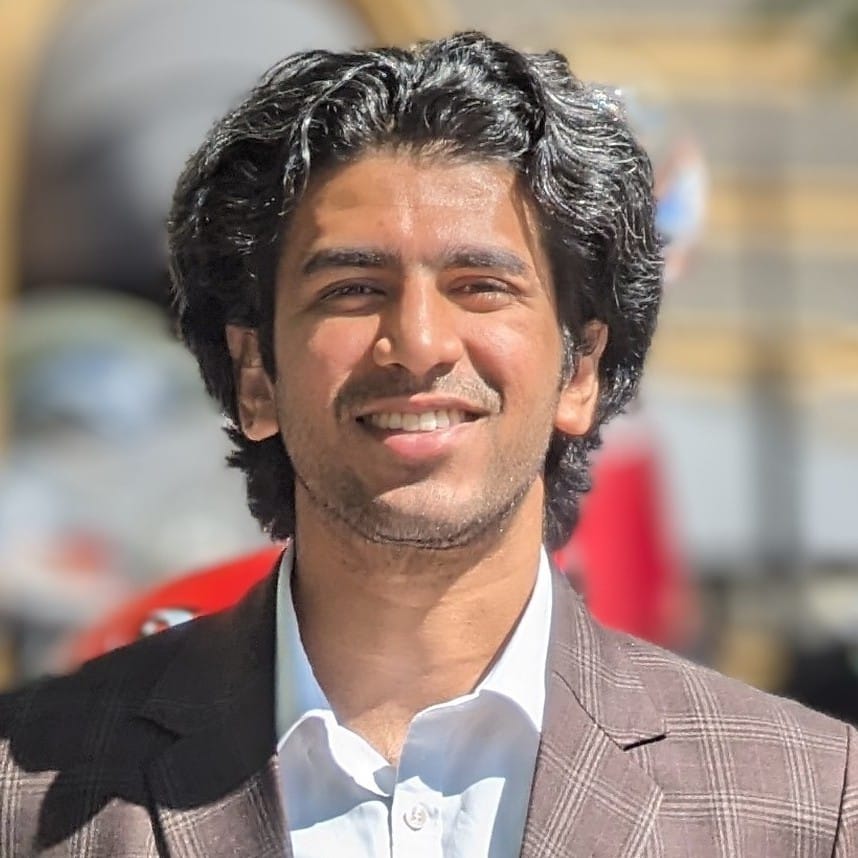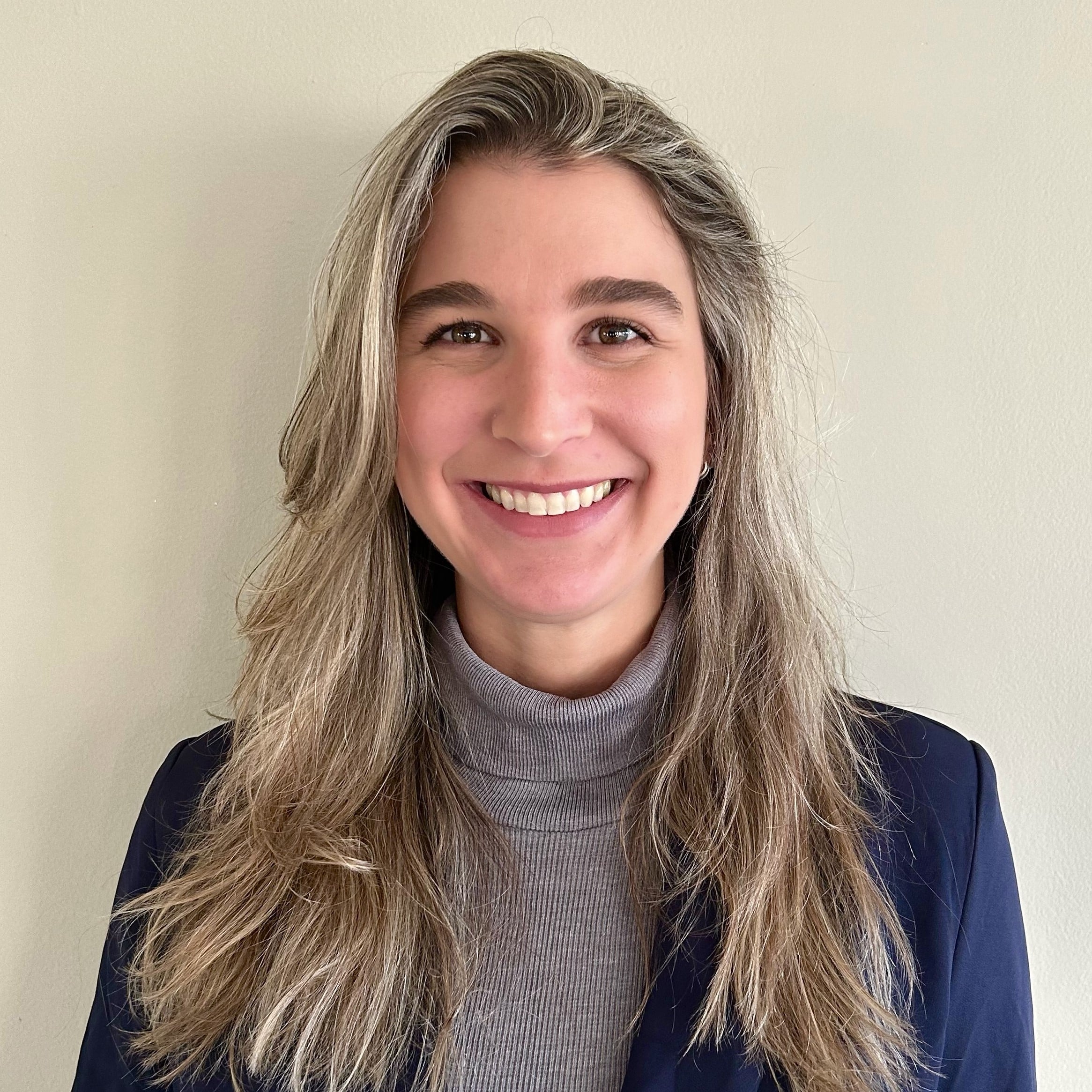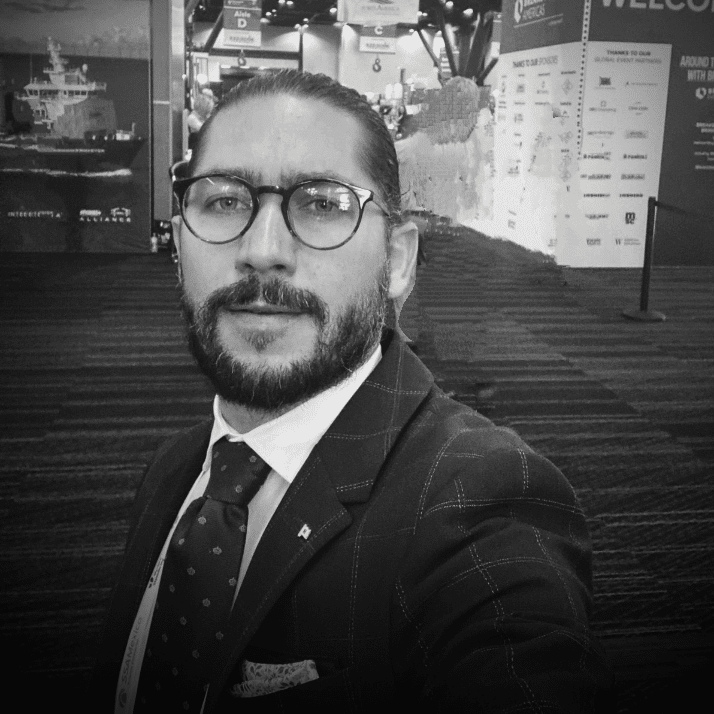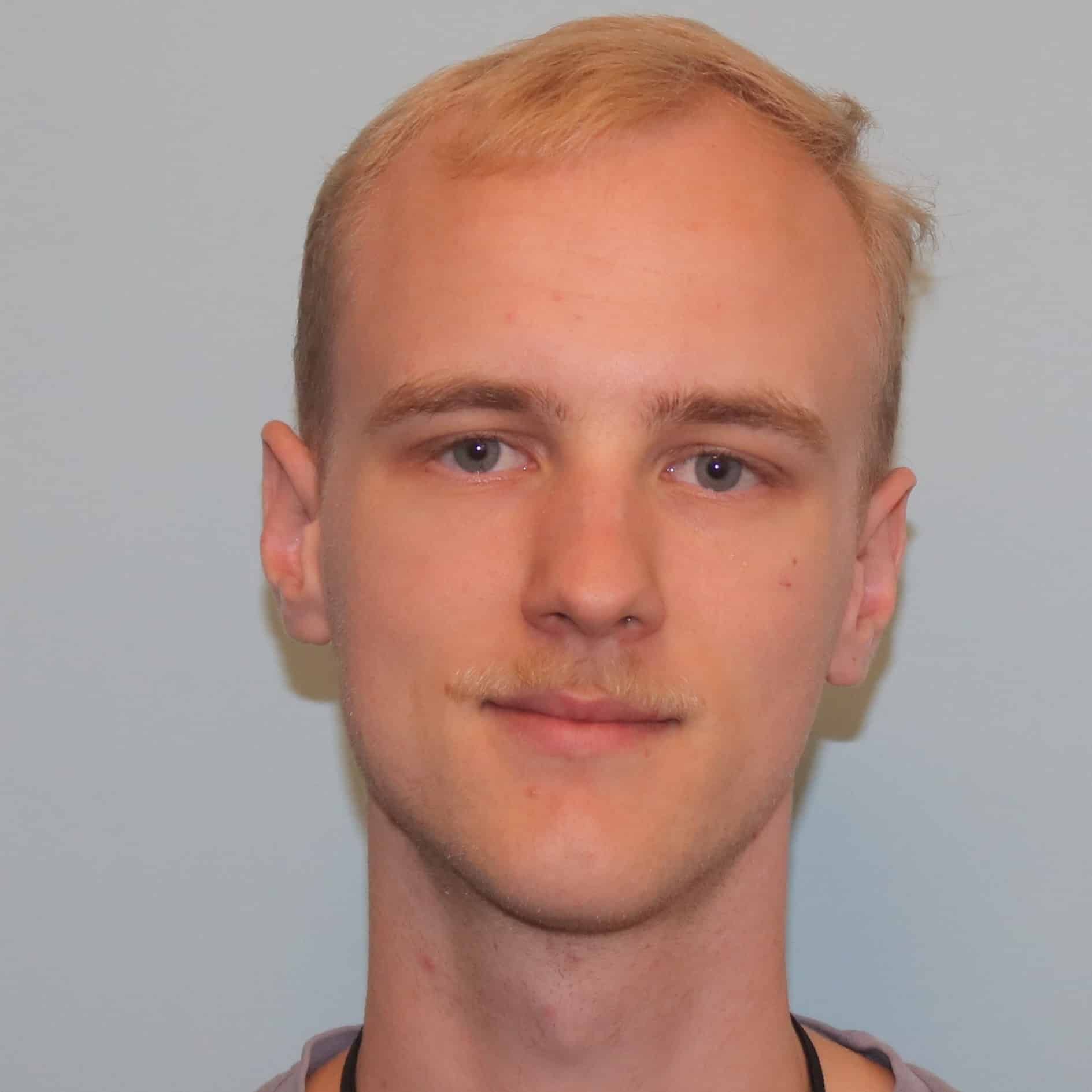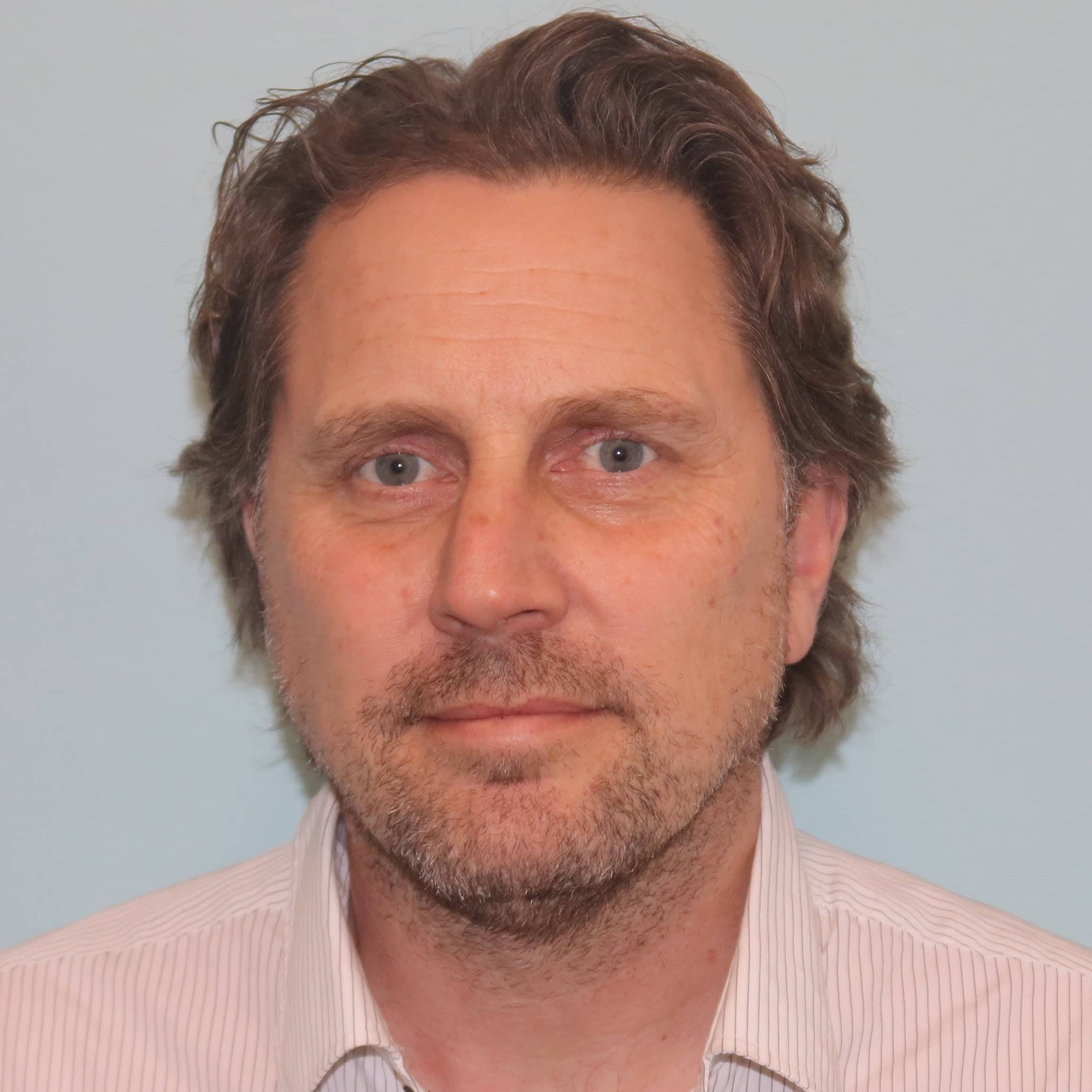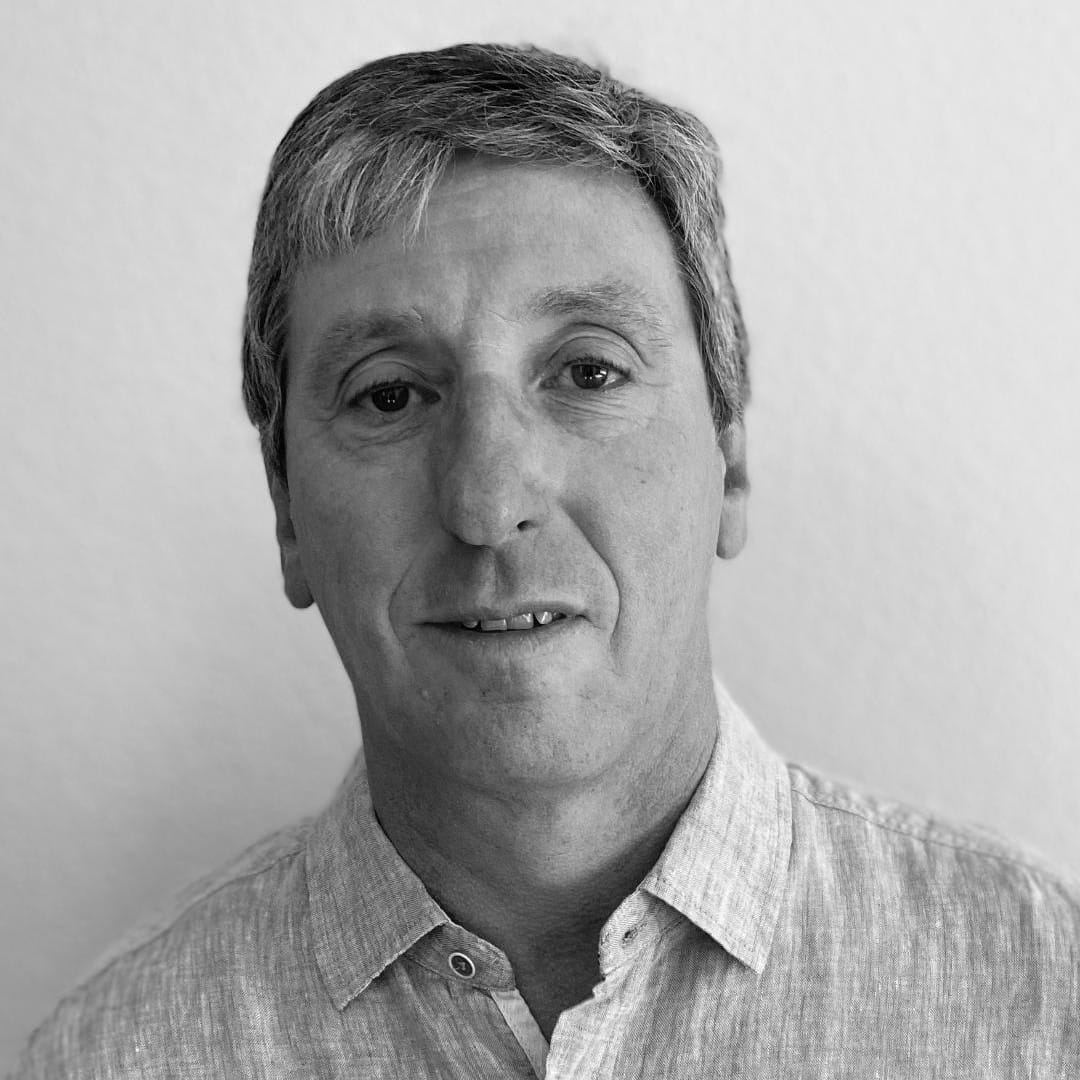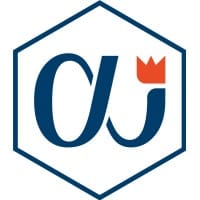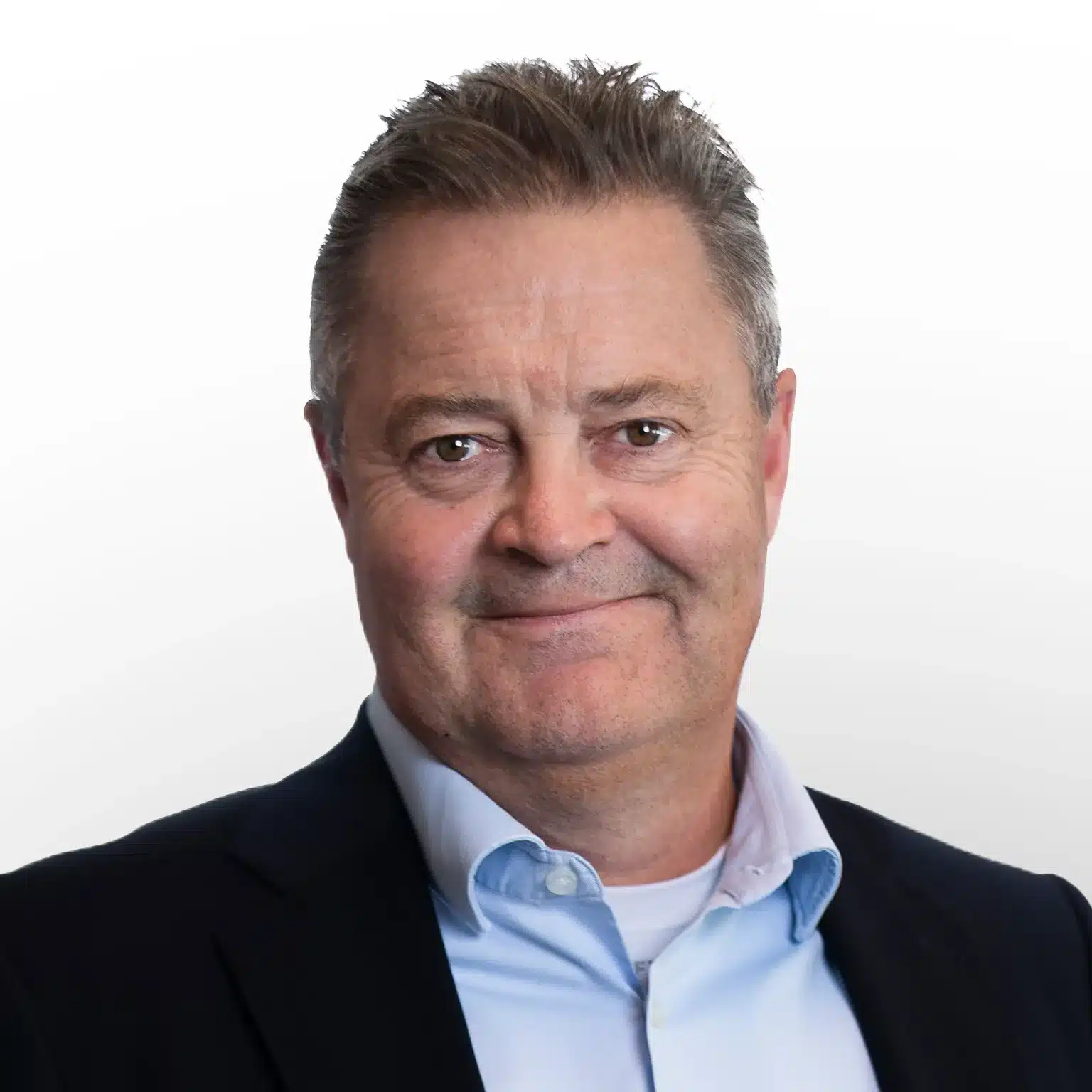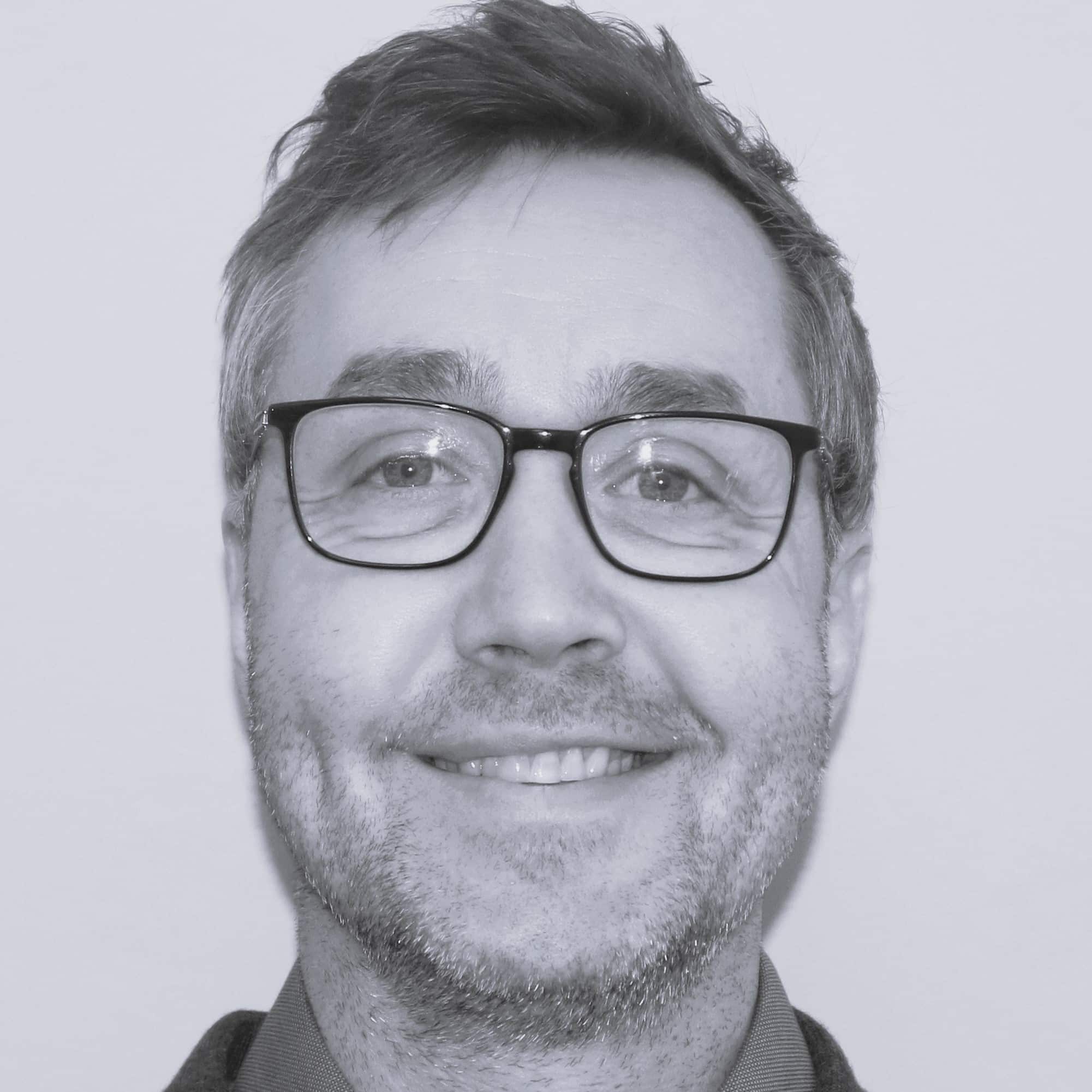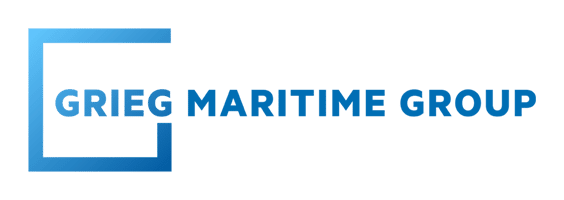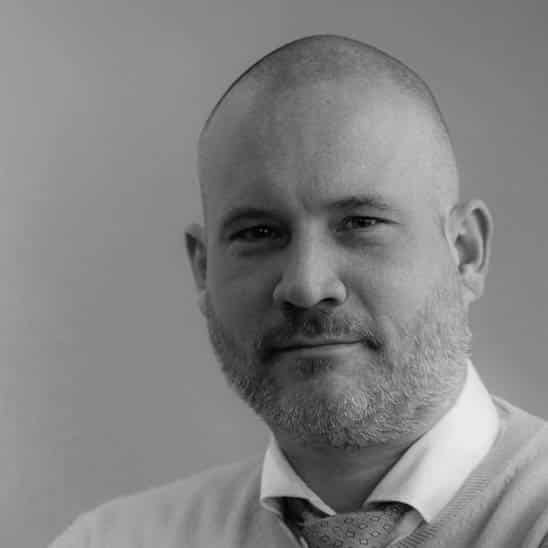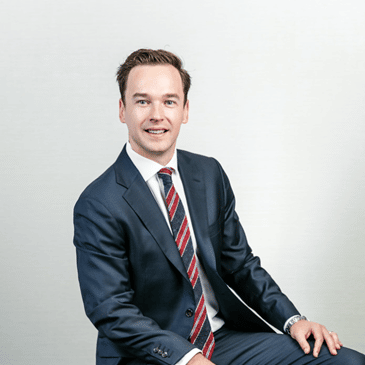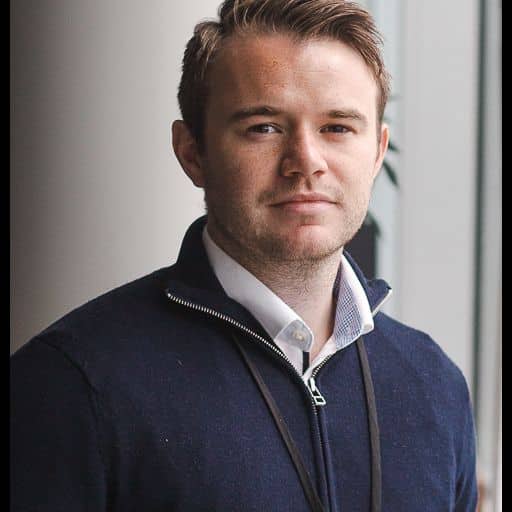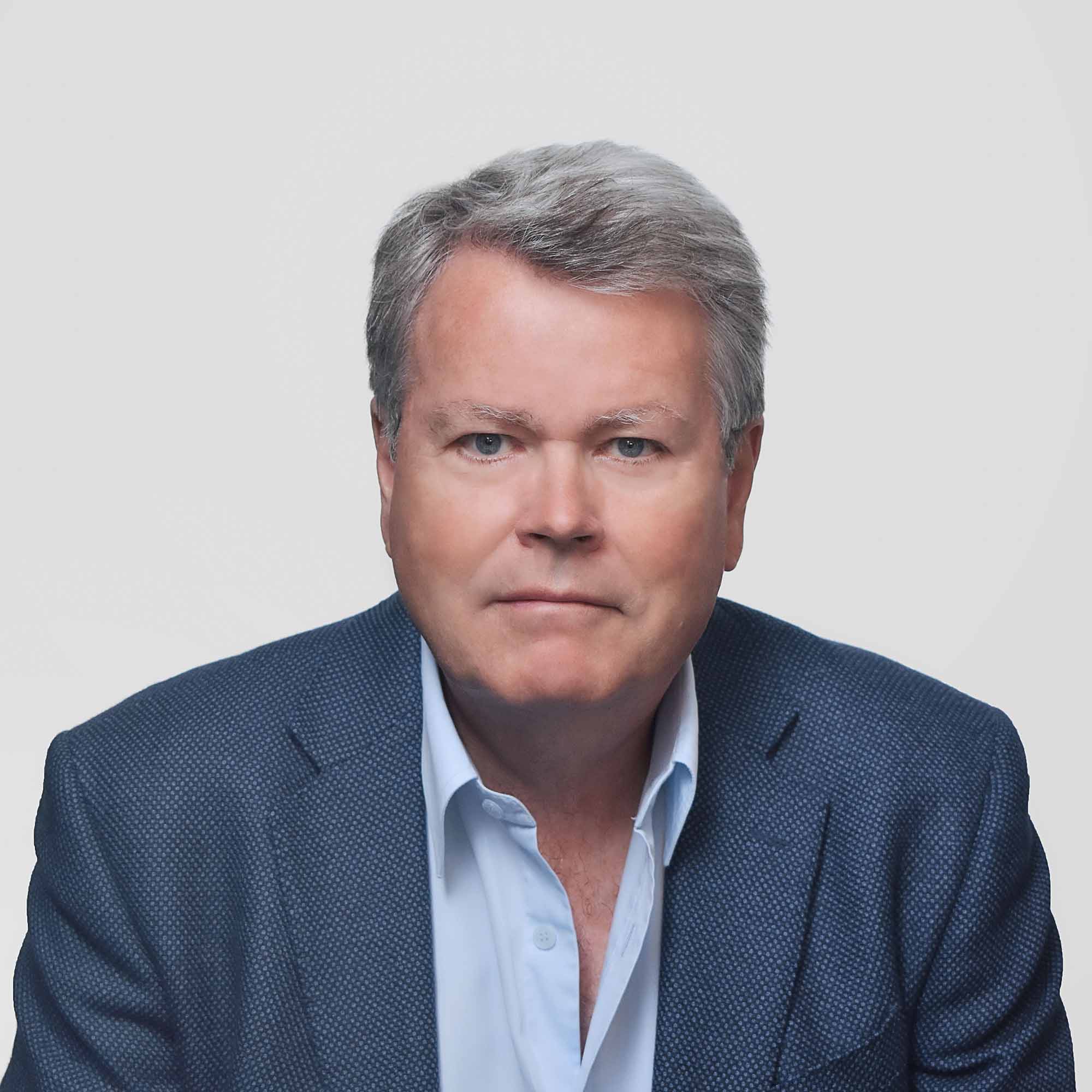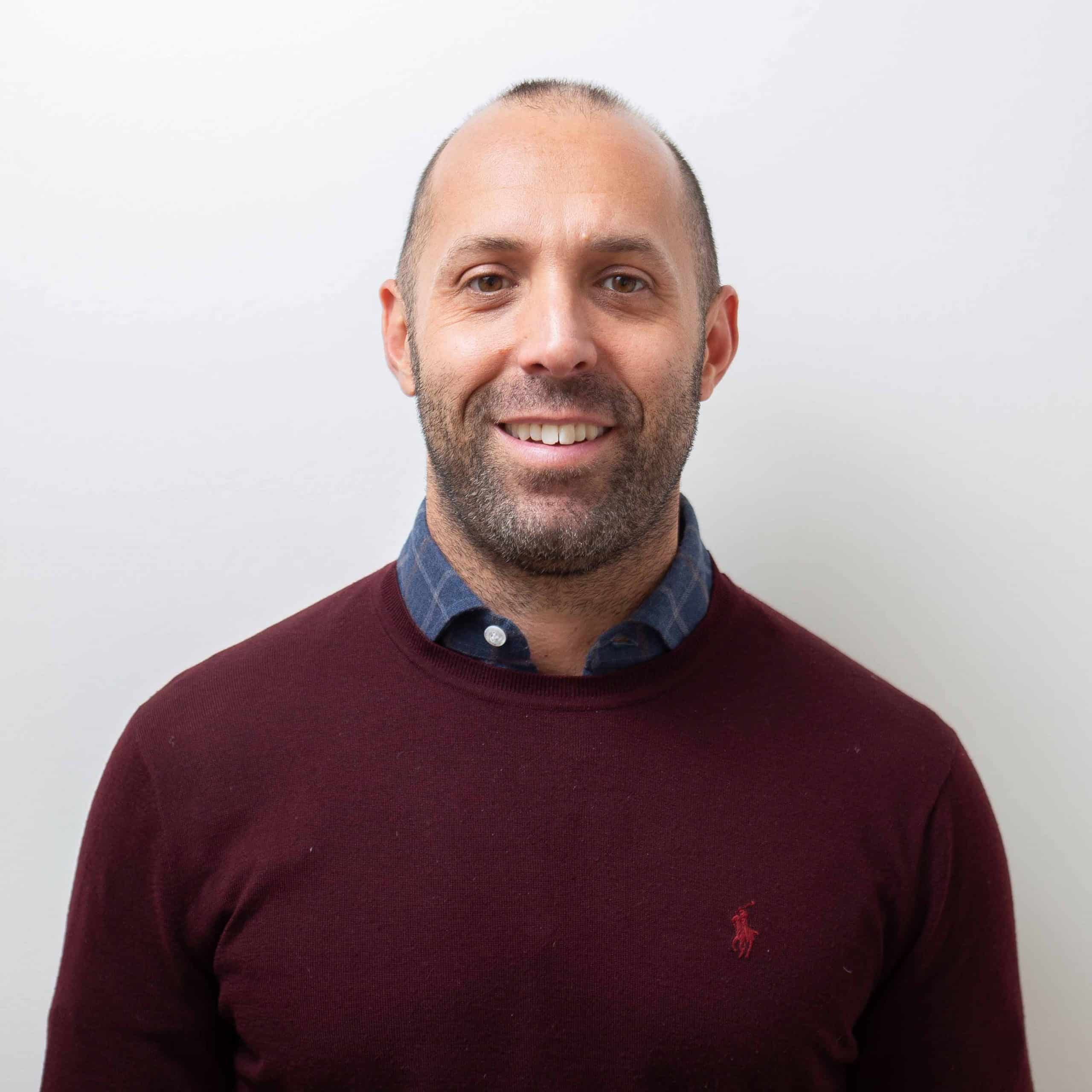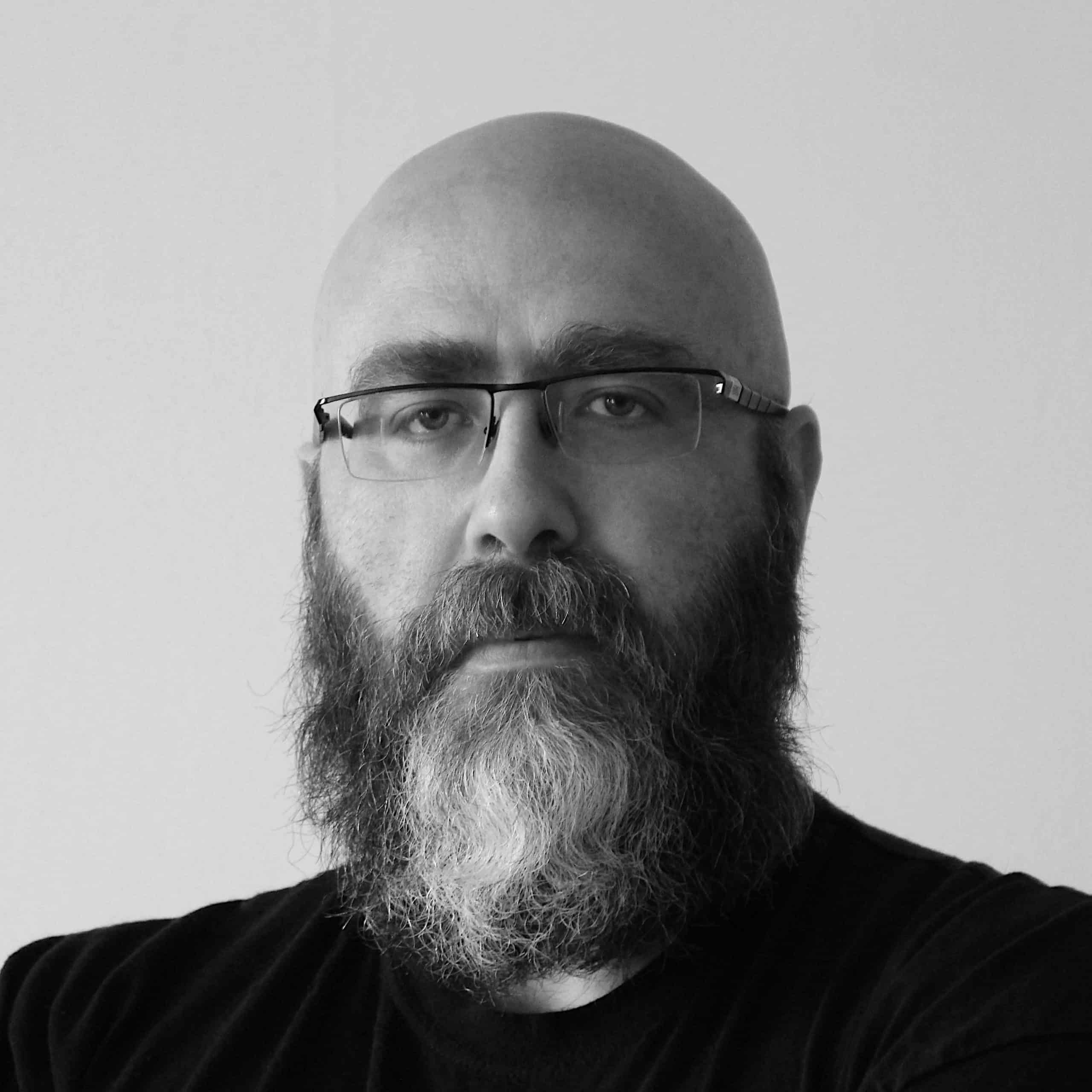New contract awards have been confirmed this week for several drillships and jackup rigs, boosting the backlogs of Greatship and Transocean in India, Noble and Stena Drilling in Guyana, and Shelf Drilling in West Africa. Meanwhile, another moored semisub will exit the offshore fleet, after being sold for recycling.
In case you missed it, you can access our previous Rig Market Roundup here.
Esgian Rig Values Story
The merger between Noble Corp. and Diamond Offshore has brought together a wide range of offshore drilling assets, combining Noble’s fleet of drillships, jackups, and semisubmersibles with Diamond Offshore’s diverse floater portfolio. One of the impacts of the merger is the re-evaluation of rig values within the combined entity’s portfolio, particularly older versus newer, higher-specification assets. Read more about the value of the combined fleet here.
Contracts
Greatship has secured a contract with Cairn for its 350-ft Greatdrill Chetna jackup drilling rig in India. The contract is firm for six months at a dayrate of approximately $90,000, starting in late November or early December 2024. Cairn also has an option for a six-month extension, followed by an additional three-month extension option. The Greatdrill Chetna is currently on a contract with ONGC. This contract, which started in mid-2021, is set to end later this month.
Transocean has secured a binding letter of award from Reliance Industries for its 6th generation 12,000-ft drillship Dhirubhai Deepwater KG1 in India. The contract covers six wells, with operations scheduled to begin in the second quarter of 2026. Transocean stated that the 300-day contract would add approximately $123 million to its backlog, excluding additional services and mobilisation fees. This brings the dayrate to about $410,000. The agreement includes multiple extension options, which, if exercised, could keep the rig operating in India until the end of 2029. The Dhirubhai Deepwater KG1, built in 2009 and designed for water depths of up to 12,000 feet, is currently working under a $347,500 contract with ONGC, drilling off India’s east coast. This contract is scheduled to conclude in February 2026.
ExxonMobil has awarded 4.8 years of backlog to Noble’s four drillships operating under a Commercial Enabling Agreement (CEA) offshore Guyana. This additional time has been assigned evenly to each of the four rigs, extending their contract durations from the second quarter of 2027 to the third quarter of 2028. The 12,000-ft drillships — Noble Tom Madden, Noble Sam Croft, Noble Don Taylor, and Noble Bob Douglas — are now all contracted with ExxonMobil offshore Guyana through August 2028. Under the CEA framework, dayrates for these rigs are market based and adjusted biannually on 1 March and 1 September.
Stena AB, owner of drilling contractor Stena Drilling, has confirmed that ExxonMobil extended its contract for the 10,000-ft drillship Stena Carron offshore Guyana until 30 June 2025. Stena Carron has been working for ExxonMobil subsidiary Esso Exploration and Production Guyana Limited under various charters since 2015. Contract extensions keeping the rig working until 31 December 2024 were previously fixed in January 2024, followed by the latest extension in June 2024. Stena Carron has been working for ExxonMobil at the Stabroek block and recently began drilling the Hammerhead-4 well. ExxonMobil is understood to have further options available for the unit.
Constellation 9,000-ft semisubmersible Alpha Star has started a new contract offshore Brazil, carrying out workovers at BC-10 field in the Campos Basin for Shell. The 30-day contract began on 30 August 2024. Shell Brasil Petroleo Ltda is using Alpha Star to carry out workovers, replacing up to four pump boosting modules in water depths of around 5,000 ft. Dayrates for the contract are the same as the rig’s contract with Brava Energia (formerly 3R Petroleum). After this work is completed, Alpha Star will return to work with Brava Energia, drilling and completing a well. Alpha Star was with Brava/3R Petroleum from September 2023 until August 2024 and will be working for Brava into December 2024 once it finishes with Shell. After this, the rig has a three-year contract with Petrobras lined up.
Mexican state oil company Pemex has requested an extension to the contracts for Constructora y Perforadora Latina (CP Latina) jackups La Santa Maria and La Covadonga. The two 400-ft jackups are currently contracted to Pemex until 31 December 2024. Pemex has requested extensions for the rigs until 31 December 2025. A CP Latina subsidiary is currently negotiating a contract extension for the rigs with Pemex. La Santa Maria has been drilling at the Akal field in 2024, while La Covadonga has been drilling at the Yaxche field.
Shelf Drilling has secured new contract awards for two jackup rigs in West Africa. One of these rigs is coming from the Middle East, where its previous contract was suspended and terminated. The 350-ft Shelf Drilling Mentor has won a contract covering 10 wells and an estimated duration of 450 days in direct continuation of the rig’s current campaign in Nigeria with a contract value of $60 million. The rig has been operating in Nigeria since around mid-2022 and its current, two-well contract is scheduled to end in October 2024. In addition, the company secured a letter of award for the 350-ft Shelf Drilling Achiever for a multi-year campaign scheduled to begin in October 2024. The company expects to execute a contract for this programme in the very near-term. The Shelf Drilling Achiever rig is currently being mobilised to West Africa on a dry transport carrier, expected to arrive before the end of September 2024. Concurrently, Shelf Drilling is mobilising the 300-ft jackup Main Pass IV using the same dry transport carrier, and this rig is also expected to begin operations before the end of 2024. The Shelf Drilling Achiever and Main Pass IV are two of four Shelf Drilling units that had their contracts with Saudi Aramco suspended this year. In late June, Shelf mobilised these rigs from the Middle East to West Africa and terminated the suspended contracts to pursue other opportunities.
Drilling Activity and Discoveries
Mexican state oil company Pemex has received permission from regulatory agency Comisión Nacional de Hidrocarburos to drill the Tlalkivak-101EXP exploration well with owner operated 400-ft jackup Kukulkan. Drilling is to begin around 20 September 2024 and take around 172 days, followed by 65 days to plug and abandon the well, keeping the rig working at Tlakivak into mid-May 2025. The well is located in around 43 feet of water on AE-0154-3M-Chalabil offshore Tabasco, Mexico and will be close to the previously drilled Tlalkivak-1EXP and Tlalkivak-1DEL wells. Kukulkan is a KFELS B Class jackup owned by Pemex. Pemex earmarked it for drilling at Tlalkivak last year.
The Norwegian Ocean Industry Authority (Havtil) has given consent to OKEA for the use of Odfjell Drilling’s 6,560-ft semisub Deepsea Nordkapp for pilot hole drilling in block 31/7 in the North Sea. The pilot hole is located in production licence 740, operated by OKEA with DNO Norge, Lime Petroleum, and M Vest Energy participating as partners. The Deepsea Nordkapp is under a firm contract with Aker BP until 2026, with options that could keep it busy until 2029. The licence contains the Bestla field, previously known as Brasse. Located in the northern North Sea, it is estimated to contain 24 million barrels of oil equivalent (MMboe) in recoverable reserves. OKEA and its partners made the final investment decision (FID) for the development of the field in early April 2024 and filed the plan for development and operation with the Norwegian authorities later that month. Bestla will be developed with a two-well subsea tie-back to the Brage platform located at a distance of 13 kilometers. The field is expected to come on stream during the first half of 2027.
Oil production has started from the Tyrving field in the Alvheim area of the North Sea offshore Norway. The field is operated by Aker BP, with Petoro and PGNiG Upstream Norway as partners. The Tyrving development consists of two discoveries, Trine and Trell. It leverages the planned extended lifetime for the Alvheim field and will increase production. The plan for development and operation (PDO) was approved in June 2023. The development consists of three wells and two new subsea installations (manifolds), tied back to existing infrastructure at East Kameleon and further to the Alvheim FPSO. Recoverable resources in Tyrving are estimated at approximately 25 million barrels of oil equivalent. Aker BP used Odfjell Drilling’s 6,560-ft semisub Deepsea Nordkapp for production drilling on the field. The rig is under a long-term contract with the operator in Norway.
ExxonMobil is using Stena Drilling 10,000-ft drillship Stena Carron for exploration drilling at the Hammerhead-4 well on the Stabroek Block offshore Guyana. The company also recently used Stena Carron for development drilling at the Haimara-4 well. Hammerhead is located in the south central portion of the Stabroek block. Under recent plans, ExxonMobil could drill 14 to 30 production and injection wells at the Hammerhead development. ExxonMobil has five drillships working offshore Guyana at this time, including Stena Carron, and the 12,000-ft drillships Noble Sam Croft, Noble Tom Madden, Noble Don Taylor, and Noble Bob Douglas.
Chevron has begun water injection operations at the Jack/St. Malo and Tahiti facilities in the US GOM to boost oil and natural gas recovery from these deepwater fields. At the Jack/St. Malo facility, Chevron achieved first water injection at the St. Malo field. This project involved the addition of water injection facilities, two new production wells and two new injection wells. This is expected to add around 175 million BOE to the field’s gross ultimate recovery. The St. Malo field and Jack/St. Malo facility are in around 7,000 feet of water. Chevron subsidiaries operate the field and hold a 51% interest, with partners MP Gulf of Mexico owning a 25% interest, Equinor a 21.5% interest, ExxonMobil a 1.25% interest and Eni a 1.25% interest. At the Tahiti facility, Chevron has begun injecting water into its first deepwater US GOM producer to injector conversion wells. The project included installation of a new water injection manifold and water injection flowline. Tahiti is in around 4,100 ft of water and is operated by Chevron with a 58% interest. Equinor holds a 25% interest and TotalEnergies has a 17% interest. Chevron has been drilling in the US GOM with Valaris 12,000-ft drillship Valaris DS-18 since September 2020, Transocean 12,000-ft drillship Deepwater Conqueror since late 2016, and Transocean 12,000-ft drillship Deepwater Titan since mid-2023.
Murphy Oil Corporation is preparing to spud the Sebastian #1 exploration well in 6,571 ft of water on Mississippi Canyon Block 387 in the US GOM this month. Murphy called Sebastian #1 a “new exploration opportunity near existing infrastructure” and estimates the net well cost at $15 million. According to documents filed with the Bureau of Safety and Environmental Enforcement, the well will be drilled with Transocean 12,000-ft drillship Deepwater Invictus. Deepwater Invictus has been working for Murphy in the US GOM since early 2024. The company recently completed a subsurface safety valve repair at the Dalmatian #2 well on DeSoto Canyon Block 4 with Deepwater Invictus. Murphy also has Noble 12,000-ft drillship Noble Stanley Lafosse under contract in the US GOM through 2025. The company used Noble Stanley Lafosse to drill the Mormont #3 well at Green Canyon Block 478 in the second quarter of the year and will bring it online before the end of the third quarter. Murphy is currently preparing to spud the Mormont #4 well on the same block with Noble Stanley Lafosse this month.
Island Drilling’s 4,000-ft semisub Island Innovator has recently started the 2024 abandonment campaign in Mauritania for Tullow Oil, managed by Petrofac. The Island Innovator arrived from a yard in the Canary Islands to Mauritania in early August 2024. After starting the work on the project on 16 August, Island Innovator is performing plugging and abandonment of four firm wells in the Tullow Oil-operated Banda and Tiof fields offshore Mauritania. The scope of work is estimated to take 75 days and it includes the abandonment of suspended subsea exploration and appraisal wells, as well as various seabed cleanup activities. The rig previously carried out P&A work at these fields in the first quarter of 2023. The Banda and Tiof fields are two oil and gas accumulations located in water depths ranging from 200m to 1,200m. The licences are situated approximately 53km and 84km offshore Nouakchott, Mauritania.
Talos Energy has reported that the Walter Oil & Gas-operated Ewing Bank 953 well discovered commercial quantities of oil and natural gas. Separately, Talos entered into an agreement to participate in the Murphy Oil-operated Sebastian prospect, currently drilling in the US Gulf of Mexico. Walter Oil & Gas received approval to drill the EW 953 well in the US GOM with Seadrill’s 12,000-ft semisub Sevan Louisiana back in early June 2024. Walter Oil & Gas is the operator with a 56.7% W.I. in the well, with Talos holding 33.3% working interest (W.I.) and Gordy Oil Company holding 10% W.I. Talos informed on Thursday that the EW 953 well encountered approximately 127 feet of net pay in the target sand at approximately 19,000 feet true vertical depth (TVD). Preliminary data indicates an estimated gross recoverable resource potential of approximately 15 – 25 million barrels of oil equivalent (MMBoe) from a single subsea well with an initial gross production rate of 8 – 10 thousand barrels of oil equivalent per day (MBoe/d). First production is expected in mid-2026. Current plans are for the well to be tied back to the South Timbalier 311 Megalodon host platform, which Talos partially owns. Commenting, Talos Interim President and Chief Executive Officer, Joe Mills, said that the EW 953 well logged better than expected rock properties, which should lead to a robust initial flow rate. This discovery follows a series of successful single-well subsea exploitation wells tied back to Talos-owned existing infrastructure, like Venice and Lime Rock, Sunspear, and Claiborne sidetrack. The Sebastian prospect in the Mississippi Canyon Block 387 began drilling in late August 2024 with Transocean’s 12,000-ft drillship Deepwater Invictus, targeting the regionally prolific Upper Miocene K-1 reservoir at approximately 12,000 feet TVD. This amplitude-supported prospect contains an estimated gross resource potential of 9 – 16 MMBoe with a potential initial production rate of 6 – 10 MBoe/d. Results are expected in late Q4 2024. If successful, the Sebastian prospect will be tied back to the Delta House facility, where Talos has a partial interest. Murphy Oil will be the operator.
Esso Australia Resources, a subsidiary of ExxonMobil, has submitted an environment plan to NOPSEMA for the drilling of the production well as part of the Kipper Stage 1B development of the Kipper gas field in VIC/L25 in the Bass Strait, off the coast of Australia. Esso plans to use the 400-ft jackup Valaris 107 to drill a single subsea gas production well Kipper A3 (KPA-A3). Upon completion, the well will be connected to the existing Kipper subsea manifold, utilising existing infrastructure installed during Kipper Stage 1A. The water depth at the site is 95 metres (approximately 311 feet). Esso expects for the drilling to start in 2025 at the earliest, following the completion of the Valaris 107’s previous activities. The drilling, completion, and associated activities with the KPA-A3 well are expected to take around 90 days, including rig positioning activities. Worth noting, Esso submitted an environment plan in January for the plug & abandonment (P&A) of the 21 platform wells and five subsea wells, at 12 locations in the Gippsland basin, also involving the Valaris 107. At the time, Esso said the earliest start date for the P&A program was October 2024, for a total program duration approximately 12-16 months with the expected completion in the early 2026. This plan is still under NOPSEMA review. The Valaris 107 is currently on a contract in Santos in Western Australia, engaged in a P&A campaign.
Demand
In recent weeks, the UK government has announced a number of measures which have materially increased the level of uncertainty in relation to the UK’s oil and gas sector, leaving investment decisions in this context in a challenging situation. As a result, NEO Energy will slow down investment activities across all development assets in its portfolio, including the Buchan Horst project development. On 29 August 2024, the Department of Energy Security and Net Zero (DESNZ) announced that, in light of the Finch Supreme Court ruling, it plans to begin a consultation with industry on new environmental guidance in relation to oil and gas projects. The ruling requires regulators to consider the impact of hydrocarbon combustion, Scope 3 emissions, in the Environmental Impact Assessment for new projects. This consultation is not expected to conclude until Spring 2025. Consequently, the Offshore Petroleum Regulator for Environment and Decommissioning (OPRED) has further announced that while the consultation is ongoing, they will be deferring assessment of all environmental statements, including ones already in progress, such as the Buchan Horst project. NEO Energy owns 50% of, and operates, the Buchan Horst development project. Serica Energy and Jersey Oil & Gas are the joint venture partners, owning 30% and 20%, respectively. This follows the announcement on 29 July 2024 that the government intends to increase the Energy Profits Levy (EPL) to 38%, thereby increasing the marginal tax rate to 78%, to extend the EPL sunset date to 31 March 2030, to remove Investment Allowances, and the intention to reduce Capital Allowances with the extent to be determined after industry consultation. In addition, the government wishes to consult on changes to the fiscal regime beyond 31 March 2030. According to NEO, these changes clearly have a negative impact on the economics and overall viability of a project such as the Buchan Horst. Against this uncertain backdrop, NEO and its 100% owner HitecVision, have taken the decision to materially slow down investment activities across all development assets in its portfolio. In relation to the Buchan Horst project, NEO awaits clarity regarding the UK regulatory and fiscal framework so that the full impact can be assessed. This will inevitably delay first oil timing in relation to the project which was previously forecast to be late 2027. The Joint Venture will seek a licence extension in order to continue technical evaluation in light of these changes to tax and environmental consents.
Chevron and its partners in the Aphrodite field on Block 12 offshore Cyprus have submitted an updated plan for development of the field to the government of Cyprus, based on a previously approved development and production plan. Under the updated plan production and processing of natural gas from the field will be accomplished initially through 4 production wells connected to a floating production unit with a nominal maximum production capacity of around 800 MMCF/d. Natural gas will be exported from the floating production unit via a pipeline to the Egyptian transmission system. Estimated costs for the project are around $4 billion. A final investment decision on the field is subject to government approval of the plan, FEED execution, commercial arrangements associated with the to-be-installed export pipeline, agreements for the supply of natural gas, and other regulatory approvals and financing arrangements. Previously, the government of Cyprus rejected a proposal from Chevron and its partners to develop the field via a subsea pipeline. Chevron is the operator of the Aphrodite field with a 35% interest. Shell subsidiary BG Cyprus holds a 35% interest while Israeli partnership NewMed Energy holds the remaining 30%.
Hartshead Resources has re-processed seismic over its P2607 licence, which comprises its Phase I project (Anning and Somerville fields), located in the UK North Sea. This has provided significantly improved imaging of subsurface, including Anning and Somerville fields and other discovered fields and exploration opportunities. Hartshead stated that the revised interpretation of Anning and Somerville confirms previous work and indicates a small increase in Gas Initially In Place (GIIP). Hi-grading of additional opportunities within the licence continues to ensure gas recovery is maximised. Work programme continues, developing a new subsurface model to allow detailed planning of well locations to maximise gas recovery from each well, while minimising drilling risk. Prior to detailed well planning commencing, the well paths will be derived within the subsurface model to optimise the well trajectories ensuring maximum gas recovery from the most cost effective drilling operations. Chris Lewis, Hartshead CEO, commented: “The recent subsurface work undertaken by the team serves to increase our confidence in the volumes of gas remaining to be recovered at Anning and Somerville, as well as assisting with future detailed well planning to maximise recovery and minimise risk.” Meanwhile, Hartshead is awaiting further clarity on the UK Government Energy Profits Levy (EPL). A policy paper published by the government has advised of changes to the EPL, many of which were previously detailed as part of the Labour Manifesto including a 3% increase in the EPL rate to 38% from 1 November 2024, an extension to the EPL expiry to 31 March 2030 (currently 31 March 2029), and the removal of the 29% investment allowance from 1 November 2024. The government will also reduce the extent to which capital allowance claims can be considered in calculating levy profits; however, the extent of the reduction will only be announced in the October budget following engagement with stakeholders.
UK operator EnQuest has shared its disappointment over the current fiscal situation in the UK, warning about the impact of the new government’s announced policy changes on investment in the UK North Sea. As a result, EnQuest is targeting projects with limited capital reinvestment in the UK and working on growth opportunities in South East Asia. In the company’s half-year 2024 results report on Thursday, EnQuest Chief Executive, Amjad Bseisu, said: “We are disappointed with the ongoing application of the Energy Profits Levy despite operating in an environment where no windfall conditions exist. The current fiscal regime is causing irreversible damage to an indigenous and strategically important UK industry. The UK energy industry needs a progressive tax regime that recognises the maturity of the North Sea and re-establishes the UK as a globally competitive investment basin. The oil and gas sector is the key to a Just Energy Transition, protecting the skills, jobs and resources required to deliver the decarbonisation projects of the future and, with stability and the right fiscal stimulus, can deliver material UK economic growth through billions of pounds of investment-ready projects.” Bseisu also added: “Given the prevailing tax regime, we are targeting UK portfolios with limited capital reinvestment programmes. Internationally, we are working on a number of growth opportunities in South East Asia where the return on capital investment is compelling.” The industry’s trade body, Offshore Energies UK (OEUK), has recently warned that the government’s proposed fiscal policy could generate a loss in economic value of around £13 billion compared to the economic contribution generated under the current windfall tax regime. OEUK’s assessment concluded that most potential investment in the sector would be curtailed if all capital allowances were removed, resulting in a rapid cessation of investment and eventual loss of critical infrastructure. Another UK operator, NEO Energy, has also recently stated it will slow down investment activities across all development assets in its portfolio amid uncertainty in the country’s oil and gas sector. Meanwhile, EnQuest is focused on enhancing the next phase of Kraken operations and is working to finalise infill drilling plans for 2025. EnQuest will use the 1,500-ft semisub Borgland Dolphin for the Kraken project work, which is expected to start in Q2 2025 following the rig’s arrival from Las Palmas where it’s currently being reactivated. After this contract, the rig is being marketed for new opportunities in the UK and internationally. The EnQuest team is also advancing the Bressay gas import project as a subsea tieback to Kraken.
Mobilisation/Rig Moves
Borr Drilling’s 400-ft jackup rig Gerd has completed its contract with Bunduq in the UAE. The PPL Pacific Class 400-design rig will now stay in Khalifa Port in Abu Dhabi for contract preparations. It is scheduled to depart for West Africa by the end of September. The rig has recently secured a 180-day firm contract, with a 180-day extension option, with Eni in Congo, starting in October 2024.
COSL Drilling’s 2,460-ft semisub COSLPioneer has finished its contract with CNOOC in the UK waters of the North Sea and is heading to Norway. During the CNOOC contract, which started around mid-April 2024, the COSLPioneer conducted P&A operations on the Ettrick field. The contract ended in early September and the rig is moving towards Olen, Norway, where it will be prepared for its next contract. The rig’s next confirmed contract is with Vår Energi. It is expected to start in Q1 2025 for a firm period of 18 months, plus up to a total of 3.5 years of options. The total duration including options is five years. Should all options get exercised, it would keep the rig busy until 2030.
Shelf Drilling’s 300-ft jackup Harvey H. Ward has moved to Ras Al Khair anchorage, marking the beginning of its contract suspension with Saudi Aramco. The suspension, initially announced in August, comes as part of the second round of Saudi Aramco jackup rig suspensions, understood to be linked to a January 2024 directive from the Ministry of Energy to maintain the country’s maximum sustainable capacity at 12 million barrels per day, instead of the previously planned increase to 13 million barrels per day. The Harvey H. Ward, built in 1981, has been on a long-term contract with Saudi Aramco since mid-2023. The suspension is expected to last from September 2024 to September 2025, after which the rig is anticipated to resume operations with Saudi Aramco through March 2029, with a two-year extension option available. During the suspension period, Shelf Drilling retains the right to market the rig. This marks the fifth suspension of a Saudi Aramco jackup rig contract for Shelf Drilling this year, following the suspension of four rigs during the first round, which saw a total of 22 rigs suspended across multiple drilling contractors. The second round of suspension, first reported in July, is understood to have affected five jackups. While Shelf Drilling moved two suspended rigs to W. Africa, in a recent quarterly report, the company said it wasn’t pursuing W. Africa work for the Harvey H. Ward rig, but was rather focusing on “an opportunity that happens to be in the region.”
Valaris’ 350-ft jackup Valaris 147 has moved to Saudi Arabia’s Ras Tanura anchorage, starting its contract suspension with Saudi Aramco. The Valaris 147 is one of five rigs in Saudi Arabia understood to have received suspension notices in July, as part of the second round of suspensions by Saudi Aramco in 2024. The first round earlier this year saw 22 jackup rig suspension notices sent by Saudi Aramco to multiple drilling contractors. In addition to the Valaris 147, the 350-ft Valaris 148 also received suspension notice late in July. The Valaris 148 arrived at the Ras Tanura anchorage last week. The two rigs are managed by ARO Drilling, a joint venture between Valaris and Saudi Aramco. During the first round of suspensions, the 350-ft Valaris 143, then managed by ARO Drilling, was suspended. ARO Drilling subsequently terminated the Valaris 143 drilling contract with Aramco and the bareboat charter with Valaris. The Valaris 143 was returned to Valaris and has been cold stacked in the United Arab Emirates. These suspensions are understood to be related to a directive issued by Saudi Arabia’s Ministry of Energy in January 2024, aiming to maintain Saudi Arabia’s maximum sustainable capacity at 12 million barrels per day, rather than progressing towards the previous target of 13 million barrels per day. Offshore drilling contractors with suspended jackups have the right to market the rigs to other customers and terminate the applicable contracts. If the rigs find alternative work during the suspension period, they may complete firm and optional terms before resuming work with Aramco.
Rig Sales
Transocean has entered into agreements with an undisclosed third party to sell the 10,000-ft semisubmersible Development Driller III and associated assets for $195 million and the 12,000-ft drillship Discoverer Inspiration and associated assets for $147 million. Transocean stated that the sale of these assets for an aggregate $342 million will result in an estimated non-cash charge for the third quarter of 2024 ranging between $630 million and $645 million associated with the impairment of assets. The transactions are expected to close in the third quarter of 2024, subject to customary closing conditions. Transocean intends to use the proceeds to repay existing indebtedness. Development Driller III is a 2009-built KFELS/MSC DSS51 design 6th generation semisubmersible. The 10,000-ft rig is currently stacked in Aruba and last worked for TotalEnergies offshore Suriname in 2023. Discoverer Inspiration is a 2009-built Enhanced Enterprise Class 6th generation drillship. The 12,000-ft rig is warm stacked in the Canary Islands after moving from the US GOM earlier in 2024. During its last quarterly conference call, Transocean described the status of the rigs as “warmish” in that the units are being kept marketable but steps have been taken to keep costs for the units as low as possible. The company said at the time that it did not expect the rigs to work in 2024.
Stena Drilling 5,000-ft semisubmersible Stena Spey has been sold for recycling and is expected to be towed to a yard in Turkiye in January 2025. Stena Spey is a third generation semisubmersible. The F&G L-907 Enhanced Pacesetter was delivered from DSME in 1983 and had been stacked in Invergordon, Scotland since late 2023. Rig Partner Group company Rig Partner Decom Ltd. acquired the unit from Stena Drilling in July 2024. The purchase of the rig is part of a back-to-back contract with Rota Shipping, which will complete the recycling work at its Turkish facility. Rig Partner Decom will work on removal of hazardous waste and apply for an export permit before the rig is towed away early next year. Rig Partner Decom and Rota Shipping were previously partnered on the acquisition of the 5,500-ft semisubmersible Dolphin Leader for recycling earlier this year.
Other News
Noble Corporation and Diamond Offshore Drilling, Inc. have received clearance from the Australia Competition & Consumer Commission, in relation to the pending merger. As this is the final required regulatory approval for the transaction, Noble and Diamond expect it to close on 4 September 2024. Noble announced the agreement to acquire Diamond in a stock plus cash transaction in June 2024, with Diamond shareholders to receive 0.2316 shares of Noble plus cash consideration of $5.64 per share for each share of Diamond stock. Diamond shareholders approved the transaction on 27 August 2024. Previously, the companies had said that the transaction would close by the first quarter of 2025. Going forward, the combined Noble will own and operate 28 floating rigs and 31 jackups. Currently, Diamond manages the Seadrill-owned 12,000-ft drillship West Vela, which is expected to be handed over to Seadrill management in the near term. Diamond also has marketing agreements for Eldorado Drilling 12,000-ft drillships Dorado and Draco in Brazil, Latin America, West Africa, Malaysia and Indonesia and Hanwha Ocean 12,000-ft drillship Tidal Action in the US GOM. Diamond-owned 6,000-ft semisubmersible Ocean Valiant is cold stacked and held for sale.
Norwegian oil and gas operator DNO has completed the acquisition of stakes in five oil and gas fields, including an operatorship, in the Norne area in the Norwegian Sea from Vår Energi. The acquisition agreement was announced in May 2024. Following closing, DNO’s wholly-owned subsidiary DNO Norge holds interests in all producing and under development fields in the greater Norne area, making it a core area for the company on the Norwegian Continental Shelf. The transaction includes interests in four producing fields, Norne (6.9%), Skuld (11.5%), Urd (11.5%) and Marulk (20% and operatorship) plus the ongoing Verdande development (10%). Prior to the transaction, DNO held interests in Alve (32%), Marulk (17%), and Andvare development (32%) in the Norne area. The net cash consideration paid by DNO was approximately $24 million. The transfer of DNO’s 22.6% interest in Ringhorne East to Vår Energi, the other element of the swap, was completed on the same date. The transaction adds more than eight million barrels of oil equivalent (MMboe) in reserves and resources net to DNO. In terms of production, the acquired assets delivered approximately 3,000 barrels of oil equivalent per day (boepd) in the first half of 2024, expected to rise to above 5,000 boepd in 2026 as the Verdande contribution kicks in. All fields in the Norne area are tied back to the Equinor-operated Norne FPSO that came on stream in 1997. Planned hub lifetime extends to 2036. With its expanded area position, DNO has stepped up studies of near-field exploration targets and infill well opportunities. Coming on the heels of DNO’s acquisition of a 25% stake in UK’s Arran field completed in May, the new Norne assets will support a ramp-up in DNO North Sea’s production next year, together with the restart of Trym (DNO 50% and operator) in Q4 2024 and start-up of Andvare (DNO 32%) in 2025. Meanwhile, DNO continues its active exploration in the North Sea with the ongoing drilling of the combined Heisenberg appraisal and Angel exploration well (DNO 49%). Followed by Ringand (DNO 20%) and Falstaff (DNO 50% and operator), which are expected to spud in September. DNO will on Monday submit one of the largest applications in the company’s history for the upcoming APA 2024 licencing round, with awards expected during the first quarter of 2025.
Australian oil and gas company Santos informed on Monday that the Bayu-Undan field joint venture has agreed terms of a Sale and Purchase Deed (SPD) to transfer a 16% stake in the Bayu Undan upstream project to Timor GAP, a Timor-Leste government-owned oil company, with an economic date of 1 July 2024. Execution of the SPD to complete the transaction is planned to occur in mid-September. Santos also said that a seventh extension of the Production Sharing Contract to 30 June 2026 has been confirmed. The current interest spread is as follows: Santos (43.4%), SK E&S (25%), INPEX (11.4%); Eni (11%), Tokyo Timor Sea Resources (9.1%). Following the completion of the transaction, the working interests in the Bayu-Undan Joint Venture will change as follows: Santos (36.5%); SK E&S (21%), INPEX (9.6%), Eni (9.2%), Tokyo Timor Sea Resources (7.6%), Timor GAP (16%) The Bayu-Undan upstream project comprises the offshore petroleum field and offshore production and processing facilities located in Timor-Leste. The field is located approximately 500 kilometres northwest of Darwin in Timor-Leste offshore waters and has been in operation since 2004. Bayu-Undan continues to produce gas for the Australian domestic market via a Gas Sales Agreement with the Power and Water Corporation of the Northern Territory, and it also produces liquids. Santos said it was committed to working with Timor-Leste and the joint venture to repurpose Bayu-Undan into a new large-scale commercial carbon capture and storage project when petroleum production ends.
Energy industry trade body, Offshore Energies UK (OEUK), on Monday 2 September released data which models the impact of the UK’s government’s announced stronger Energy Profits Levy (EPL) on the UK economy. The modeling shows that the government’s proposed fiscal policy would generate a loss in economic value of around £13 billion compared to the economic contribution generated under the current windfall tax regime. According to OEUK, the loss comes from an expected reduction in investment by oil and gas producers into UK projects, with capital investments over the period expected to fall to £2 billion compared to around £14 billion under the current regime. OEUK has said the analysis shows the policy will undermine the UK offshore energy sector’s ability to support the government’s overarching goal of driving economic growth. The analysis shows that while the expected tax take from UK oil and gas producers would increase in the very short term, ultimately it would result in a £12 billion loss in receipts compared to the current regime. This is due to a rapid decline in production due to under investment over this decade. The analysis confirms the impact would be felt widely across the economy. The data has been published to help inform decision making ahead of the Chancellor’s Autumn Statement in October. The data show that an environment in which the headline tax rate is increased to 78% and all EPL allowances are removed would lead to: A reduction in viable capital investment on the UKCS from £14.1 billion to £2.3 billion in the period 2025 to 2029; A reduction in the total economic value of the sector of £13 billion in the period 2025 to 2029; The loss of economic value directly impacts the UK supply chain companies and risks losing the capability and assets to other regions; Approximately 35,000 jobs are at risk over the period due to projects not going ahead; The sector’s total tax yield peaks in 2026 before declining compared to the current scenario, which continues to increase HMT receipts over the period; 63% of additional production that could be sanctioned under the current regime would be uneconomic. The UK would be more reliant on other countries to meet the UK energy demand at a cost to the UK economy and net-zero; The proposed regime cannot be likened to Norway which allows companies a maximum £78 of relief for £100 expenditure. Under this proposal, total relief would be £46.25. The assessment concludes that most potential investment in the sector will be curtailed if all capital allowances are removed, resulting in a rapid cessation of investment and eventual loss of critical infrastructure, the OEUK stated. As a result of the government’s recent measures, one UK operator has already decided to materially slow down investment activities across all development assets in its portfolio.
Conrad Asia Energy has signed a binding Gas Sales Agreement (GSA) for the sale and purchase of the export portion of natural gas from the Mako gas field with Sembcorp Gas Pte Ltd in Singapore. The Mako gas field sits in the Duyung PSC, in the Riau Islands Province, Indonesian waters in the West Natuna area, approximately 100 km to the north of Matak Island and 400 km northeast of Singapore. It has been described as the largest undeveloped gas field in the West Natuna Sea. With the signing of the GSA with Sembcorp, and the previously signed domestic market obligation (DMO) GSA with PT Pertamina’s subsidiary PGN, all of Mako’s current gas Contingent Resources have been committed to gas buyers. The Sembcorp GSA contract term is until the end of the Duyung Production Sharing Contract in January 2037 and allows for the sale of up to 76 billion British thermal units per day (Bbtud), which is equivalent to around 76.9 million standard cubic feet per day (mmscfd). The GSA also contains provisions for the sale of up to an additional 35 Bbtud (around 35.4 mmscfd) should a tie-in pipeline not be built to the Indonesian domestic market in Batam and DMO sales do not therefore take place. Conrad is targeting the Mako final investment decision (FID) for the end of 2024. First gas is expected in 2026.
Brazilian independent company 3R Petroleum has changed its name following the merger with another independent oil company, Enauta. The newly formed entity will be branded as Brava Energia, with its shares set to begin trading on the B3 stock exchange under the ticker symbol BRAV3 and the trading name BRAVA, starting on 9 September 2024. This rebranding decision follows the merger, which positions the company as one of the largest independent oil companies in Latin America, with a diversified high-growth portfolio, including onshore and offshore assets. 3R currently operates Constellation’s 9,000-ft semisub Alpha Star, which is working in the Papa Terra mature field. The contract is due at the end of October 2024.
bp Trinidad and Tobago (bpTT) has agreed to divest its Immortelle, Flamboyant, Amherstia, and Cashima offshore gas fields and associated production facilities to Perenco T&T. The undeveloped resources from the Parang field are also part of the agreement. The fields, apart from Parang, are mature fields that have been in production from as early as 1993 and currently produce a total of approximately 30 thousand barrels of oil equivalent per day. bpTT stated that the divestment of these mature assets would allow it to high-grade its portfolio in Trinidad and Tobago, as it focuses on developing its shallow-water gas portfolio and pursuing growth opportunities in both deepwater and cross-border gas resources. Perenco, meanwhile, plans to apply its expertise in mature fields to further develop resources from these newly acquired fields and extend their operational life. As part of the agreement, bpTT will purchase the gas produced from these fields to fulfil its existing contractual obligations. The transaction is expected to close by the end of 2024. Elsewhere in Trinidad, bpTT was granted a licence in July for the Cocuina field in Venezuela, paving the way for potential development of the Manakin-Cocuina cross-border gas field. It also recently formed a joint venture with EOG Resources to develop the Coconut field.
Indonesia’s Ministry of Energy and Mineral Resources has announced the winners of the first bidding round for oil and gas blocks in 2024. For the Central Andaman block (offshore North Sumatra), the consortium of Premier Oil South Andaman Limited and Mubadala Energy Holdings Limited won the bid with a signature bonus of $300,000 and a firm commitment of $4,032,293. For the Amanah block (Onshore South Sumatra), the consortium of PT Medco Energi Linggau, PT Sele Raya, and KUFPEC submitted the winning bid, with a signature bonus of $300,000 and a firm commitment of $3,150,000. The consortium of PT Pertamina Hulu Energi, Sinopec, and KUFPEC, emerged as the winner for the Melati block (Onshore-Offshore Southeast Sulawesi-Central Sulawesi), with a signature bonus of $200,000 and a firm commitment of $12,700,000. Meanwhile, the bidding process for Panai and Pesut Mahakam blocks is still in progress and is expected to conclude on 11 September 2024. Looking ahead, the Ministry is planning the second phase of the 2024 , with potential areas including Air Komering, Binaiya, Gaea, Kojo and Serpang.
Sunda Energy has submitted applications for two offshore licence areas in the Philippines. According to the company, the licences contain several material gas discoveries and significant upside potential. These applications have been made in the 1st Conventional Energy Bid Round of the Bangsamoro Autonomous Region of Muslim Mindanao (BARMM) in the Philippines, and in a joint venture partnership with three other companies. If successful, Sunda expects to hold a 37.5% non-operated interest in any resulting service contracts that are awarded. “The application areas are offshore and contain several material gas discoveries and significant upside potential which the Company hopes to evaluate following award if successful. It is expected than any resulting service contracts will have modest initial work programmes,” Sunda Energy, previously known as Baron Oil, said. Dr Andy Butler, Chief Executive Officer, said: “Whilst the company remains strongly focussed on its upcoming appraisal activities on the Chuditch field in Timor-Leste, Sunda is also actively pursuing a business development strategy to target assets of similar materiality and in line with the company’s goal of building a substantial energy business in the SE Asia region.” He said the Philippines initiative focused on an area where the Sunda team has considerable prior experience.
As of 3 September 2024, Wintershall Dea’s E&P business, excluding Russia-related activities, has been transferred to Harbour Energy. In December 2023, Harbour Energy signed an agreement with BASF and LetterOne, the shareholders of Wintershall Dea, to merge the two businesses. Following receipt of the necessary regulatory approvals, the transaction has now been completed. The transfer includes production and development assets as well as exploration rights in Norway, Argentina, Germany, Mexico, Algeria, Libya (excluding Wintershall AG), Egypt and Denmark (excluding Ravn) as well as Wintershall Dea’s carbon storage licenses (CCS). Wintershall Dea’s remaining assets include stakes in the joint ventures in Russia, the ownership interest in Wintershall AG in Libya (Wintershall Dea share: 51%), in Wintershall Noordzee BV in the Netherlands (Wintershall Dea share: 50%) as well as the share in Nord Stream AG (Wintershall Dea share: 15.5%). The management of Wintershall Dea had announced its withdrawal from activities in Russia in January 2023. Upon completion of the transaction with Harbour Energy, Wintershall Dea’s main tasks will include the handling of claims related to the expropriation of the Russian assets, the sale of the remaining assets, the organisational restructuring, and ultimately, the closure of the headquarters’ units in Kassel and Hamburg. Wintershall Dea will also provide transitional services to Harbour Energy for up to 12 months. Around 800 employees will be affected by the closure of Wintershall Dea’s headquarters in Kassel and Hamburg. Wintershall Dea AG will change its legal form from a stock corporation (Aktiengesellschaft) to a limited liability company (GmbH) in the coming weeks and will then operate as Wintershall Dea GmbH.
Greenpeace Nordic and Natur og Ungdom (Young Friends of the Earth Norway) are facing the Norwegian government in court once again, in appeal proceedings starting on 4 September and running until 12 September 2024. The State’s appeal is a result of a victory judgment for the organisations in January 2024. The organisations are concerned about the climate impacts of three oil and gas fields – Yggdrasil, Tyrving, and Breidablikk – in the North Sea and demand an immediate halt to their development. The fields are operated by Aker BP and Equinor. According to Greenpeace, a recent Oslo District Court ruling invalidated approvals of the three oil and gas fields for failures, under national and European Economic Area law, in the climate impact assessments. It also granted temporary injunctions for the fields. However, following the Norwegian State’s appeal of the decisions, the injunctions are to be re-examined by the Borgarting Appeals Court. In the January 2024 judgment, the Oslo District Court agreed with the organisations that the lack of impact assessments of global climate effects of the three oil fields violate Norwegian and EEA law, leading to the invalidity of their approvals. The Court also issued injunctions forbidding the State from granting any new permits necessary to construct and produce from the fields. Since then, the Norwegian State has appealed the decisions and ignored the injunctions. The bans are to be re-assessed by the Borgarting Appeals Court starting on Wednesday 4 September, while the issue of climate impact assessment has been sent to the supranational European Free Trade Area (EFTA) Court for an advisory opinion. Equinor started production from the Breidablikk field in October 2023 and Aker BP from Tyrving earlier this week. The wells were drilled with the 10,000-ft Deepsea Aberdeen and the the 6,560-ft Deepsea Nordkapp, respectively. Both fields started ahead of schedule.
Noble Corporation plc has completed its acquisition of Diamond Offshore Drilling, Inc. The acquisition adds around $2 billion of backlog to Noble, which now reports its current backlog at $6.7 billion. Noble President and CEO Robert W. Eifler stated, “We are excited to close this highly strategic and accretive transaction ahead of schedule and commence our integration activities.” In connection with mergers involved in the transaction, Noble paid approximately $591 million in cash and issued approximately 24.2 million Noble Shares in the aggregate as the Merger Consideration. The acquisition adds 12,000-ft drillships Ocean BlackHawk, Ocean BlackHornet, Ocean BlackLion, and Ocean BlackRhino to Noble’s fleet along with semisubmersibles, the 10,000-ft Ocean GreatWhite and Ocean Courage, the 6,000-ft Ocean Apex, the 10,000-ft Ocean Endeavor, the 3,000-ft Ocean Patriot, and the 6,000-ft Ocean Onyx. The cold stacked 6,000-ft semisubmersible Ocean Valiant is held for sale. Including the rig currently held for sale, Noble Corp. owns 42 offshore rigs; 19 drillships, 10 semisubmersibles and 13 jackups.
Image credit: Stena Drilling
